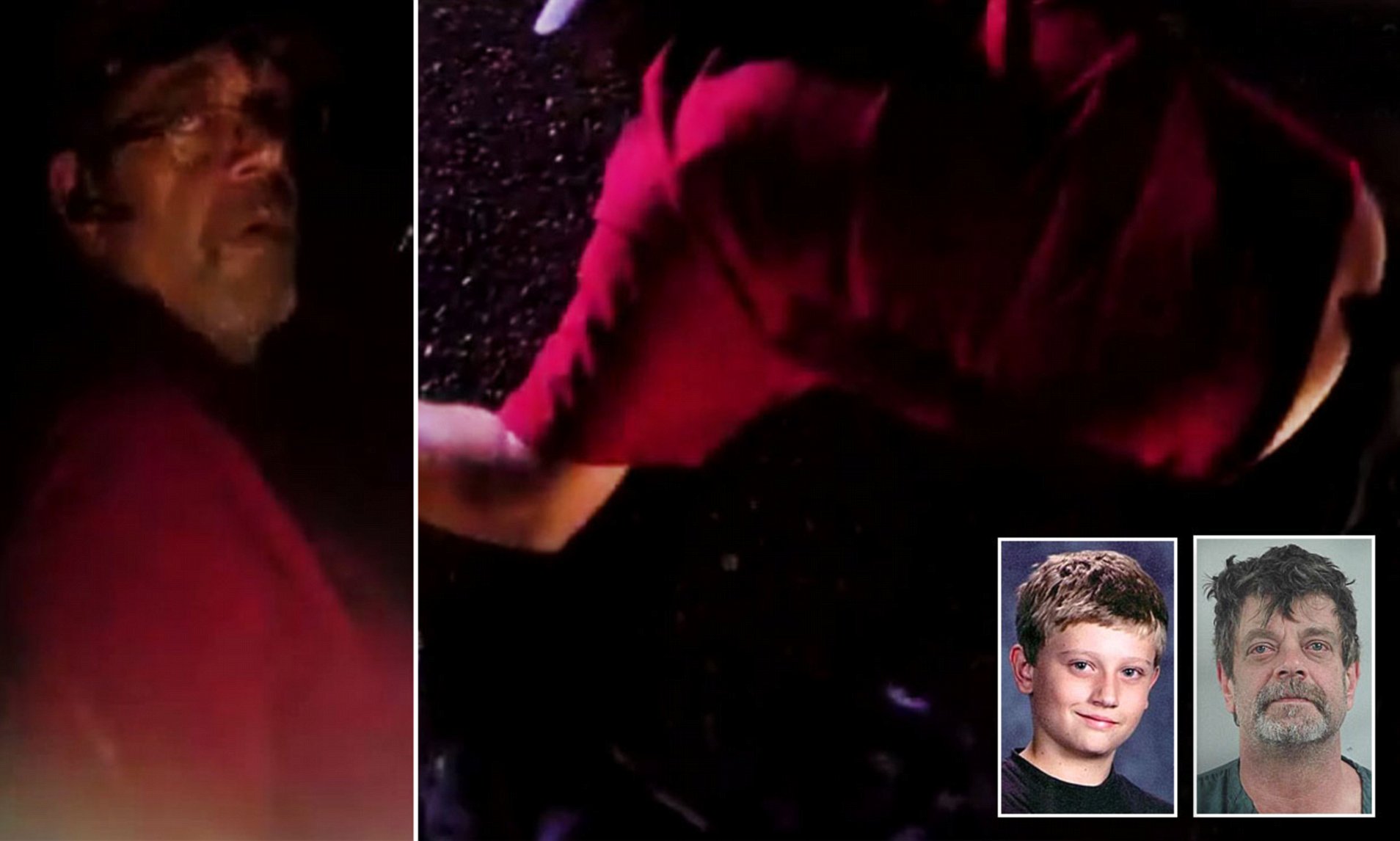In the annals of criminal investigations, few cases capture the imagination and scrutiny of the public quite like that of Mark Redwine. At the heart of this gripping saga lie the enigmatic Mark Redwine photos, a collection of visual evidence that has been instrumental in unraveling the mysteries surrounding his alleged involvement in the disappearance and tragic demise of his own son, Dylan Redwine. Delving into the depths of this case provides not only a chilling glimpse into the darker aspects of human nature but also underscores the pivotal role of modern technology, digital forensics, and careful investigative work in the pursuit of justice.
The story begins with the disappearance of Dylan Redwine, a 13-year-old boy who vanished under suspicious circumstances while visiting his father, Mark Redwine, in November 2012. What followed was a harrowing search effort spanning months, with investigators combing through rugged terrain and employing various techniques to uncover clues that could shed light on Dylan’s whereabouts. Central to these efforts were the photographs seized from Mark Redwine’s possession, which would eventually emerge as crucial pieces of evidence in the unfolding investigation.
The Mark Redwine photos, captured and stored digitally, provided investigators with a window into the life and interactions of the accused in the days leading up to and following Dylan’s disappearance. Among the images were snapshots of the father-son duo, offering glimpses of their relationship dynamics and potentially pivotal moments preceding the tragedy. However, it wasn’t just the content of these photos that proved significant; it was the meticulous analysis and scrutiny they underwent through digital forensics that truly brought them to life as evidentiary artifacts.
Digital forensics, a specialized field within forensic science, involves the recovery, examination, and analysis of digital information to uncover evidence that can be used in legal proceedings. In the case of the Mark Redwine photos, forensic experts employed a myriad of techniques to extract valuable insights from the images, ranging from metadata analysis to image authentication and enhancement. Through these methods, they were able to piece together a timeline of events, identify potential inconsistencies or alterations within the visual data, and establish the veracity of the depicted scenes.
One of the most compelling aspects of the Mark Redwine photo analysis was the use of metadata, which provides a wealth of contextual information embedded within digital files. By scrutinizing the metadata associated with the photos, investigators could ascertain critical details such as the time, date, and location of each image’s capture. Discrepancies or anomalies within this metadata could potentially indicate tampering or manipulation, casting doubt on the integrity of the photographic evidence and raising pertinent questions regarding its reliability.
Moreover, digital forensic techniques enabled experts to enhance and magnify specific elements within the images, unveiling hidden details or subtle clues that might have otherwise gone unnoticed. This process often involved advanced software tools capable of image enhancement, noise reduction, and even facial recognition, allowing investigators to identify individuals, objects, or contextual cues that could be of investigative significance. Such meticulous scrutiny of the Mark Redwine photos yielded valuable insights into the circumstances surrounding Dylan’s disappearance and bolstered the case against his father.
However, the journey of the Mark Redwine photos through the realm of digital forensics was not without its challenges and controversies. Critics raised concerns about the potential for bias or misinterpretation in the analysis process, highlighting the subjective nature of image interpretation and the inherent limitations of digital evidence. Furthermore, debates ensued regarding the admissibility and reliability of digitally altered or enhanced images in a court of law, underscoring the need for robust standards and protocols within the realm of digital forensics.
Despite these hurdles, the Mark Redwine photos ultimately served as a linchpin in the legal proceedings that followed, providing prosecutors with compelling visual evidence to support their case against Mark Redwine. In June 2021, after years of investigation and courtroom deliberations, Mark Redwine was convicted of second-degree murder and child abuse resulting in death in connection with Dylan’s disappearance and killing, marking a bittersweet conclusion to a saga fraught with heartache and uncertainty.
The saga of the Mark Redwine photos stands as a testament to the evolving landscape of crime investigation and the pivotal role of digital forensics in modern-day law enforcement. In an age where digital technology permeates every aspect of our lives, from smartphones to surveillance cameras, the ability to extract, analyze, and interpret digital evidence has become indispensable in the pursuit of truth and justice. As we navigate the complexities of the digital age, the lessons gleaned from cases like this serve as a sobering reminder of the power and potential pitfalls of the digital footprint we leave behind.
